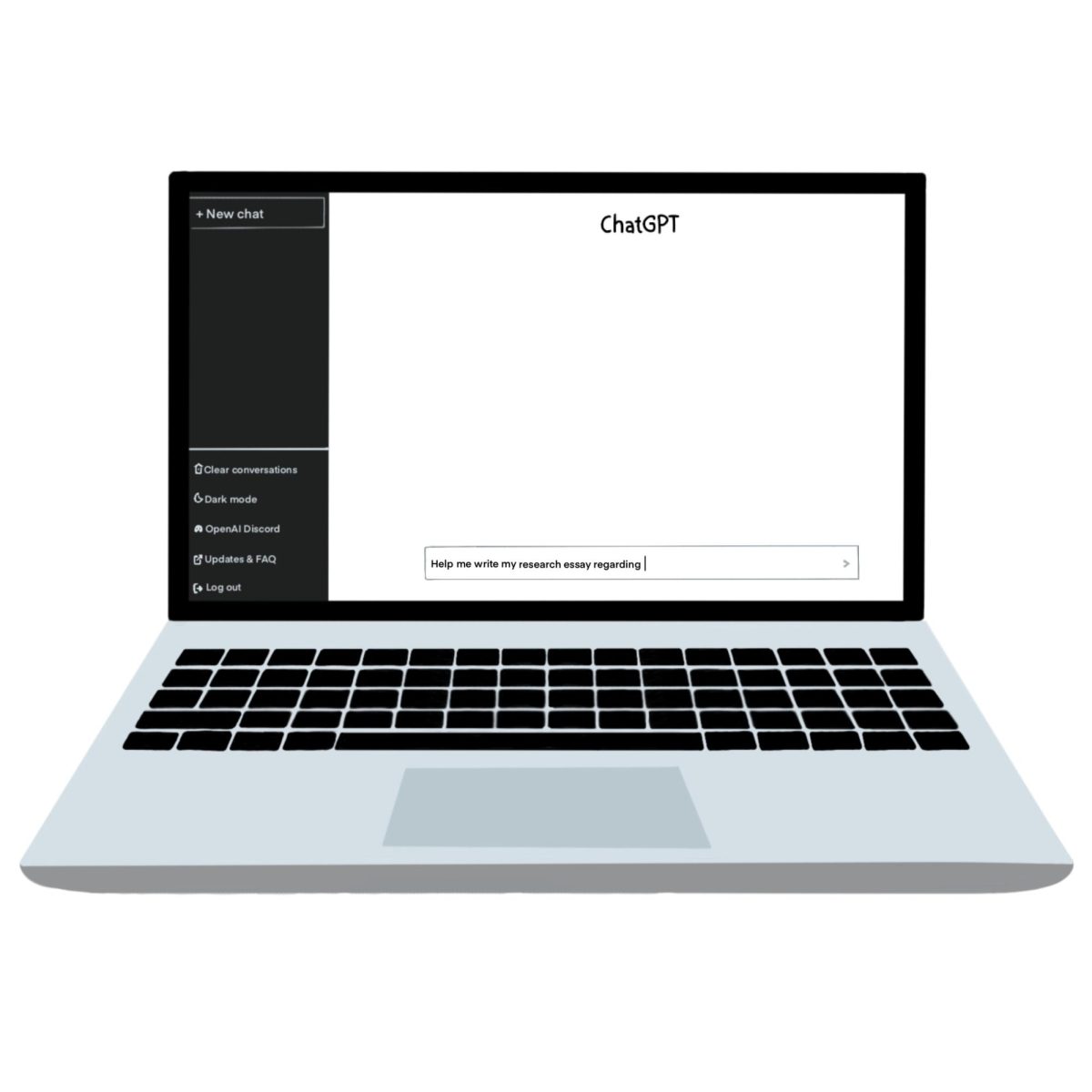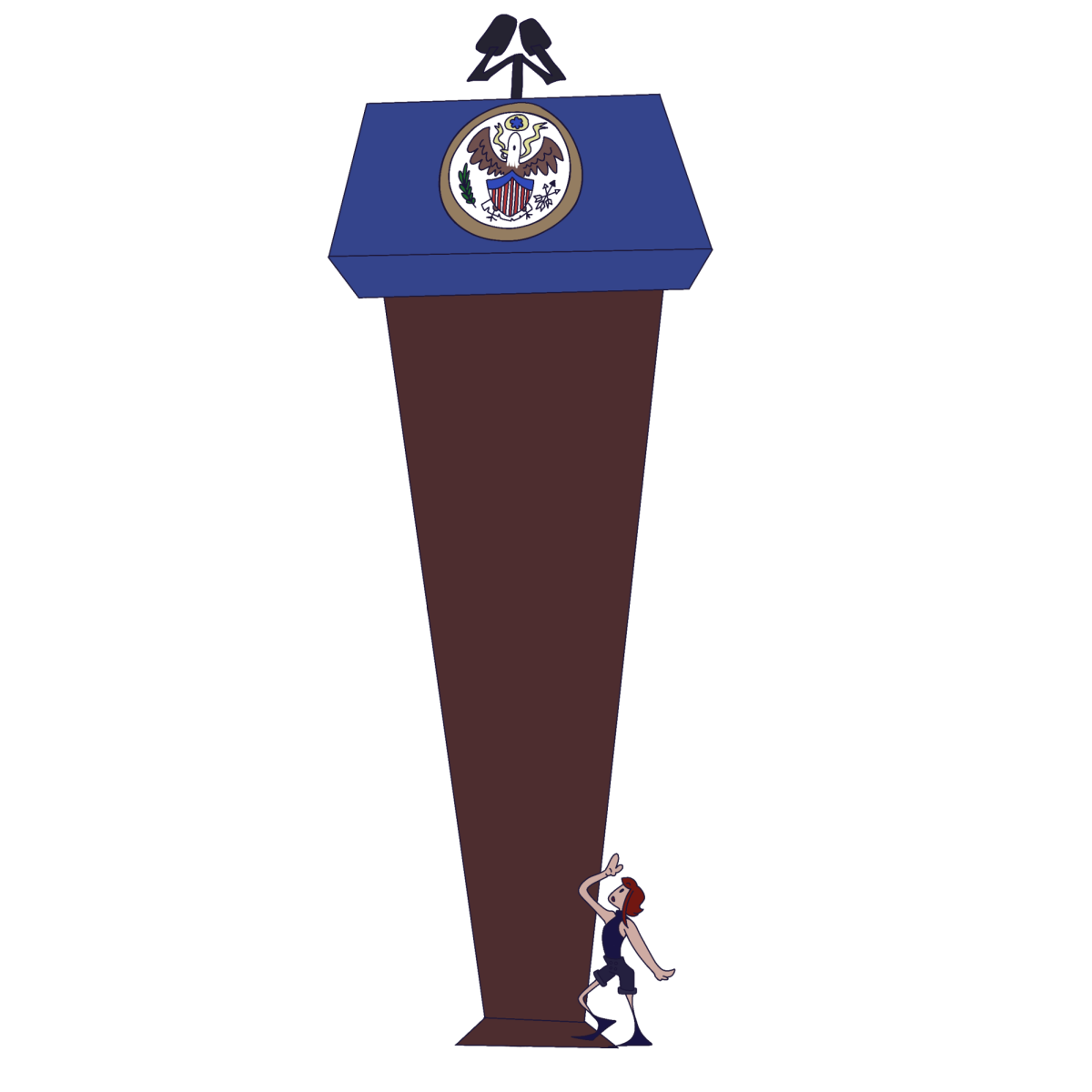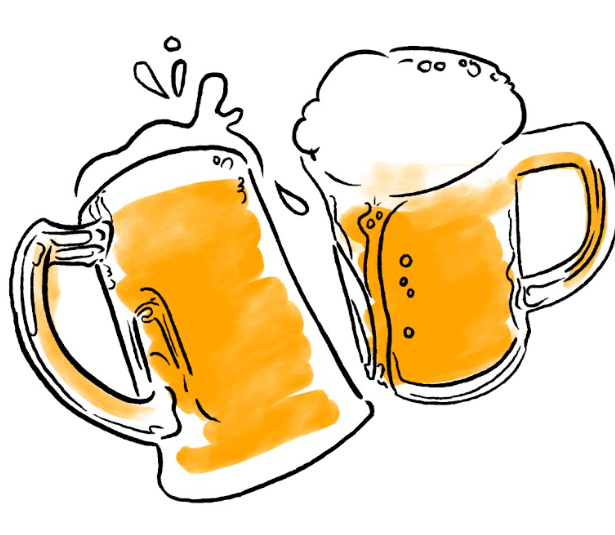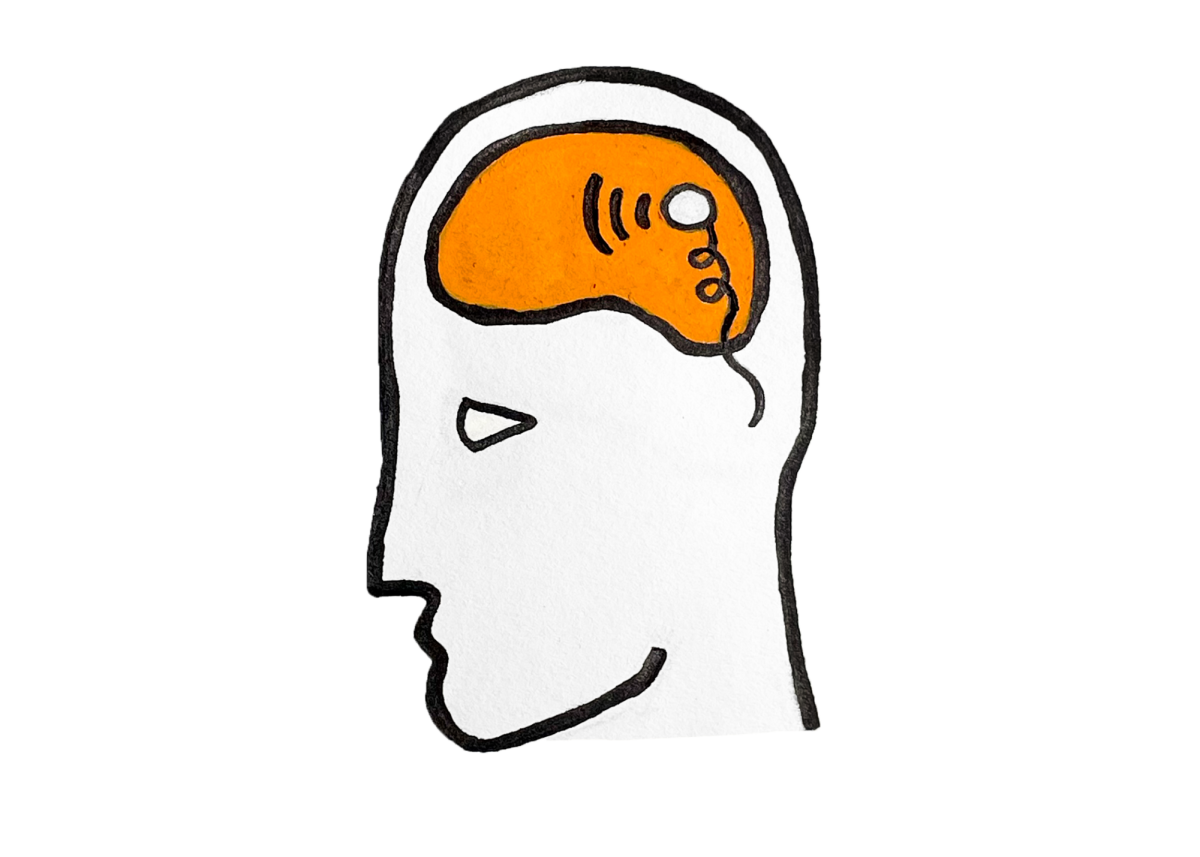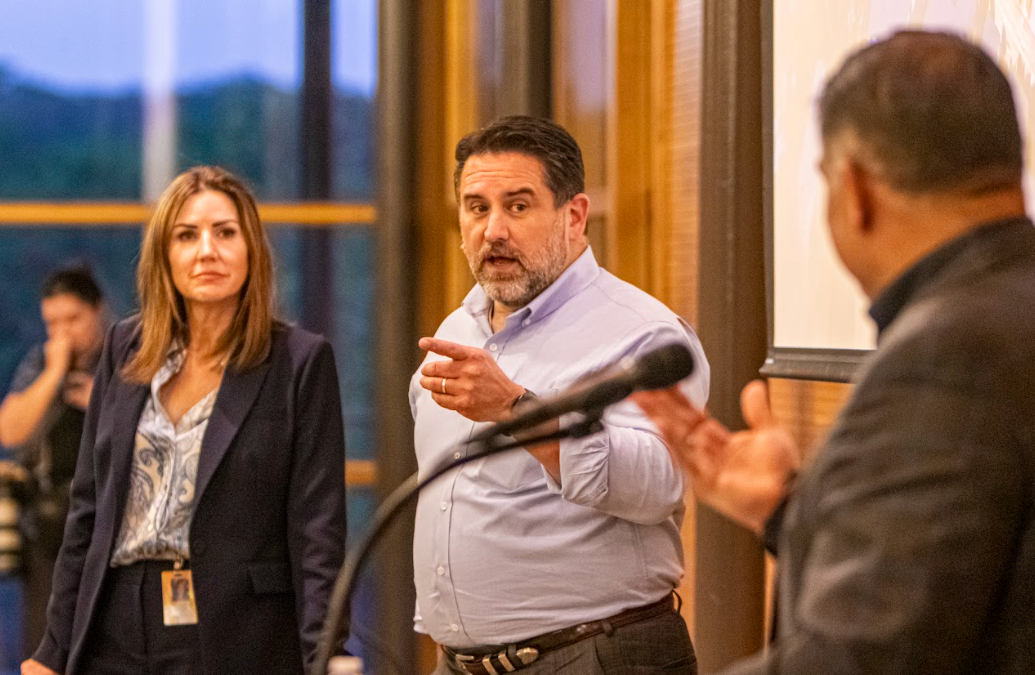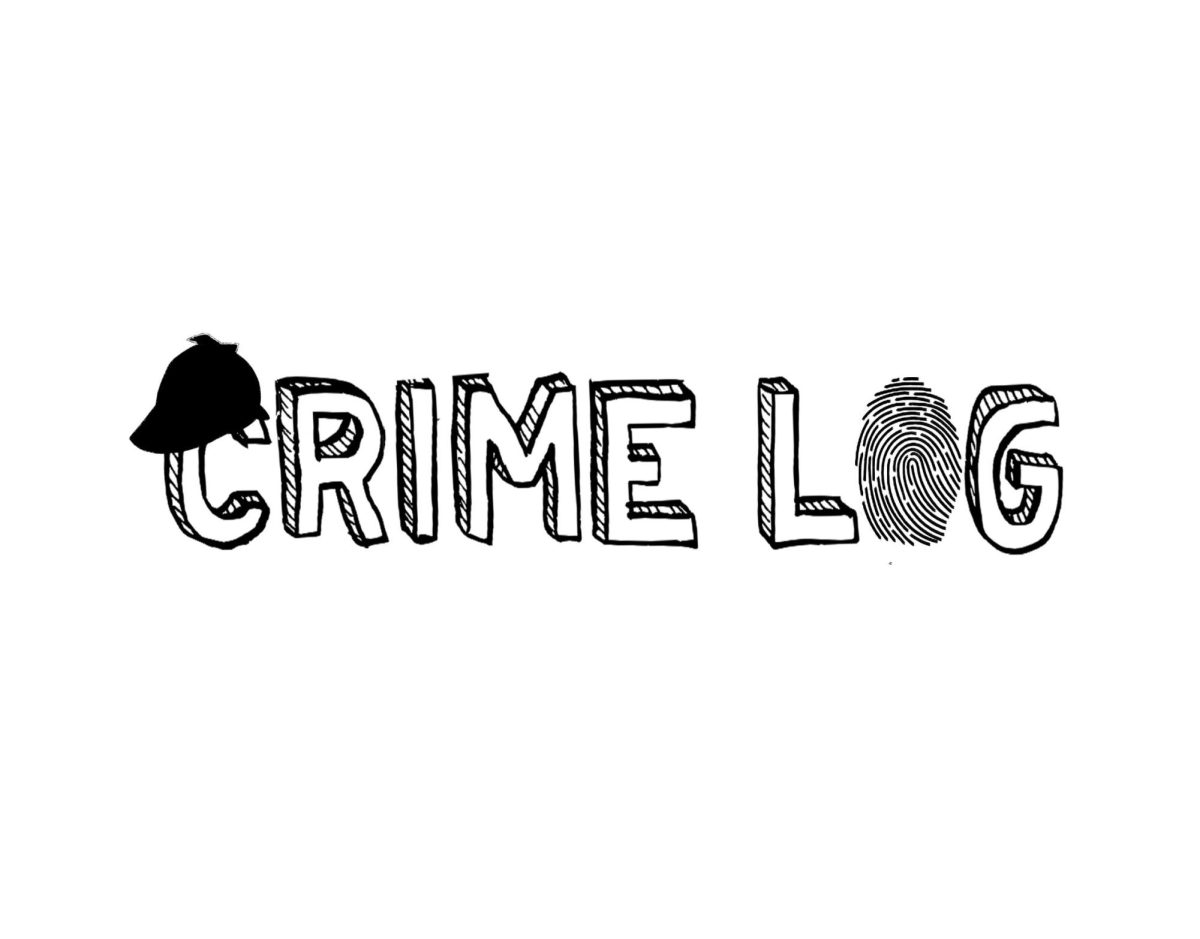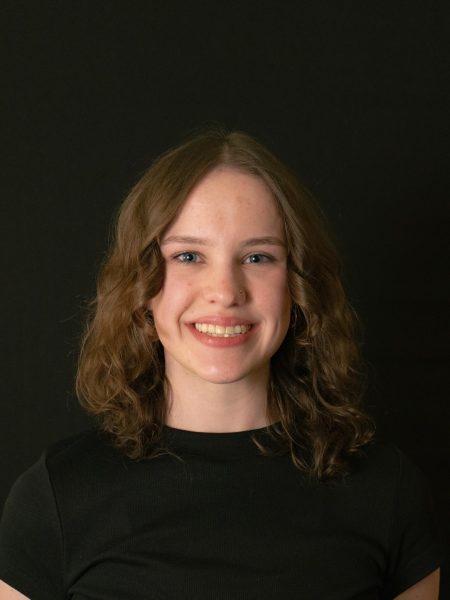In an era defined by rapid technological innovation, UTSA English professor Dr. Sue Hum has taken an opportunistic approach, inviting artificial intelligence directly into her classroom.
As concerns regarding plagiarism, authenticity and fair use continue to arise amongst many educators, Hum has decided to challenge the status quo and lean into AI, encouraging her students to do the same.
Rather than feeling threatened by the technology’s implications, Hum thinks being able to navigate AI is a skill that students — especially those going into writing and communication — should be familiar with if they want to be competitive in the workforce.
“I tend to embrace technology and have been an ambassador for technological developments in my department and my teaching,” Hum said. “The current saying is a truism: ‘AI won’t take your jobs; those who know how to use AI will.’”
Generative AI, more commonly referred to as GAI, is a type of artificial intelligence that can be used to produce various types of content, including text, images and videos. Research has shown that with the right prompts, GAI-generated content can be cheaper, more efficient and sometimes even more effective than human-generated content.
In August, Hum demonstrated GAI’s brainstorming, revising, editing and research capabilities to her English 3313 Advanced Composition students, asking them to integrate the tool into their writing processes throughout the semester.
By prompting or “priming” generative AI with explicit instructions and appropriate context, students can use the technology to break down the requirements for a project and generate a list of steps or a checklist. It can also identify sources, revise written content, generate ideas and even produce written or visual materials within certain parameters, such as tone or target audience.
More specifically, Hum is having her students use GAI to assist them in their digital storytelling assignment, which requires them to write a counter-story using materials from UTSA’s Digital Collections.
A counter-story is a narrative that challenges and subverts the dominant or mainstream story about a particular event, group of people or issue. It is often told from the perspective of marginalized communities or individuals whose experiences have been silenced or distorted by the media. “The UTSA Special Collections offers students important career readiness and spotlights local and regional histories, which I hope will be a value-added, culturally enriched, public humanities project in my course.”
Topics found on the digital special collections include LGBTQ+ community concerns, the 1968 San Antonio HemisFair, Hispanic women’s fight for educational equality and even The Paisano.
“Digital storytelling and archival research are two key career skills for writers,” Hum said about the project’s significance. “I designed this digital storytelling assignment to provide opportunities for students to develop those key workplace skills and produce samples that they would use for their interview portfolios.”
Hum believes that career readiness is an important aspect of higher education, and she strives to provide her students with the tools they need to succeed post-graduation.
“The more I learned about GAI, the more I realized that my students who can use GAI knowledgeably would have an advantage in the job market,” Hum said. “I want to help them succeed by teaching them to embrace technology in their writing.”
However, the technology does not come without drawbacks. While GAI is good at repetitive and pattern-based tasks and can help break down complex ideas, the technology is not perfect, and it is important to use it responsibly. Generative AI models are trained on data collected by humans, which may contain bias against gender, race, age or class. This means that the outputs of GAI models may also be biased. The technology can also “hallucinate,” providing the user with articles, books, people or organizations that do not exist.
“I am part of a university-wide initiative called the Student Experience Project, and the students are providing feedback anonymously through surveys,” Hum explained. “We hope these surveys will help faculty learn about students’ experiences and pivot as needed to respond to their feedback.”
When asked about the pros and cons of using artificial intelligence in the classroom, Hum stated, “Much early research out of the professional fields is showing increased quality and productivity, but only if AI is used with thoughtful critical thinking. Unsophisticated and unreflective uses of AI, what researchers are calling ‘asleep at the wheel,’ can lead to unproductive results.”
Because generative AI is still under development, Hum’s course curriculum takes a different approach than traditional teaching methods, requiring the professor to learn about the technology alongside students and adapt as it changes. “We have to trust each other to be ethical in our writing, and so far, students have been fastidious with showing how they use GAI in their work.”
Last month, Hum presented her research on digital storytelling at the annual Academic Data Science Alliance conference, which took place on UTSA’s Downtown Campus. Four other UTSA presenters shared their “humanistic data science research” projects at the conference, including computational linguistics, deepfake technology and social media mining.
At the conference, Hum spoke about having her students use generative AI to create a “scrolly-telling” webpage — a term used to describe interactive web pages where visual elements pop up as you scroll through the page — using Adobe Express. “The idea is to use generative AI to help them craft a compelling narrative with a clear point of view, a dramatic question and emotional impact.”
Hum’s presentation focused on the visual delivery of data, emphasizing how engaging in data presentation is an act of creation and must not be taken lightly. “The interpretation of the data depends on the decisions that you make on what to include and what to exclude,” Hum said. “You can use design to provide context and create patterns that matter.”
Hum also described her interest in preparing students for the workforce, explaining how the trend with many institutions is to develop “microcredentials,” digital badges that showcase the specific skills students get when they take a particular course. “For this course, we were working on narrative storytelling and archival research.”
For their final project this semester, Hum’s advanced composition students have the option to pursue a microcredential from Coursera that reflects a key skill discussed throughout the course, allowing students to obtain a certificate for a marketable skill like GAI prompt engineering or user-centered design.
“Many are referring to GAI as a “textpocalypse” because the integration of GAI in education and communication will bring significant changes,” Hum said. “While time consuming, educators will need to teach themselves about the opportunities and dangers of GAI in their pedagogy, while keeping in the foreground the value it offers to their students.”


